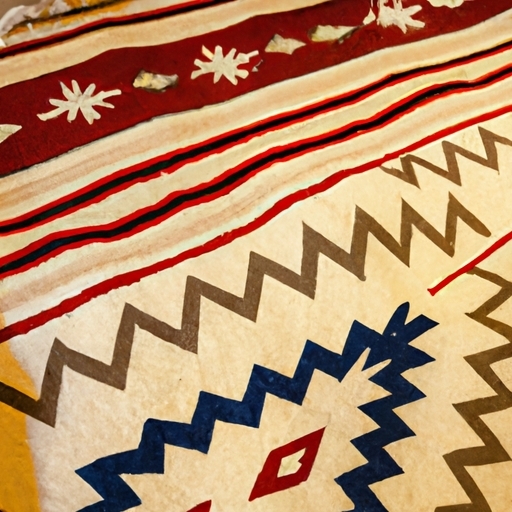Navajo-inspired carpets
History and background of the store
Navajo rug weaving has deep roots. The art of weaving is a tradition that has been passed down through generations, **significant** the cultural identity of the Navajo people. These intricate and beautiful rugs are not just pieces of fabric, but rather symbols of history and heritage.
The history of Navajo rug weaving dates back to the 16th century when the Spanish introduced sheep to the region. This led to an increase in wool production, which allowed the Navajo people to create more intricate and detailed textiles.
One **unique** aspect of Navajo rug weaving is that it is done entirely by hand, using traditional techniques that have been perfected over centuries. Each rug is a labor of love, with every thread carefully chosen and woven into intricate designs that tell stories of the past.
The significance of Navajo rug weaving cannot be understated. These rugs are not only beautiful works of art but also serve as a way for the Navajo people to connect with their heritage and preserve their cultural traditions. They are a symbol of resilience and strength, reminding us all of the power of tradition and history.
